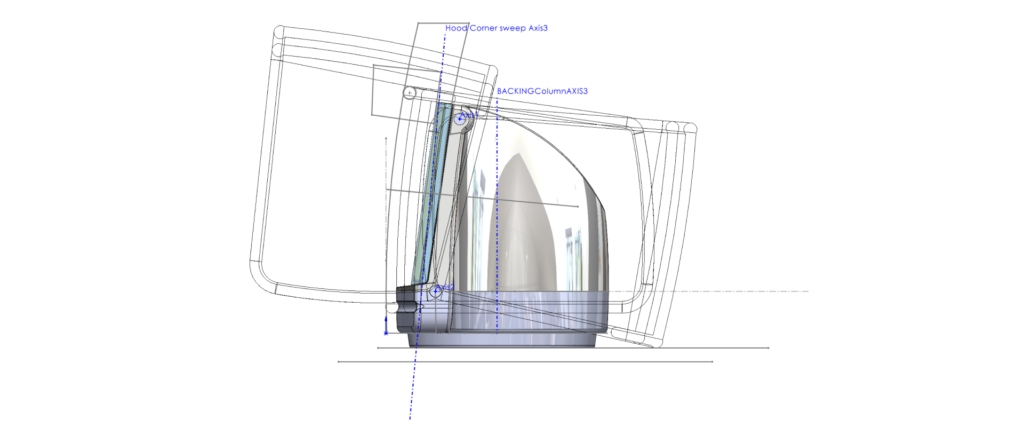Article
Innovation Principle #5: Frame a Beautiful Problem

Focus on Creating a Beautiful Problem First
When approaching a problem, it’s important to not jump directly into considering how to solve it, but rather how to frame it up. Establishing an effective framework for the problem engages the creative mind more deeply. The idea is to plant the problem in your brain, so that you continue to consider solutions subconsciously. In other words, instead of “trying” to be creative in the moment, you establish the constraints that unleash your creativity.
Constraints Guide Creativity to a Solution
Unchecked creativity can often stray from the task at hand. Applying constraints to a project, such as time, budget, or functionality, helps guide ideation within reasonable bounds. Rather than limiting innovation, constraints contribute to the framework for problem solving to set your mind free.

When a range of possibilities is eliminated from the start, it’s easier to skip past ideas that are not workable and move on to more focused efforts with much faster feedback. Building a bridge across a ravine is one thing, but building it using only natural materials found within 3 miles of the ravine is quite another.
It’s Similar to a Creative Brief
We’ve all heard of a creative brief. A creative brief is no more than a detailed background that frames a problem or opportunity in advance of working on the solution. It’s like a thorough medical exam prior to a doctor’s diagnosis. You wouldn’t want to go under the knife based on one symptom and no further investigation. Part of a creative brief involves asking questions that help define the problem, questions like…
- Who is the audience/user we are targeting?
- What is the ideal outcome or goals at hand?
- Why are problems occurring? Where? When?
- What regulations or laws might limit the solutions?
- What has already been tried? What were the results?
- What constraints do we need to be aware of from a budget and timing perspective?
- What potential ideas and solutions do stakeholders or users already have?
- What additional relevant background information might be useful in considering this problem?
Understanding the Audience’s Problems and Priorities
One of the areas most often missed when framing a problem for innovative work is understanding the audience’s problems, and involving them at the very beginning of the innovation process, even in defining the real problems as you frame it up. A new product innovation can have great power, functionality, or utility, but ultimately still fail in a desired market.
For example, manual transmission cars are less expensive, get better gas mileage, have more engine power, and require less maintenance. An auto executive could easily conclude that offering an automatic option is unnecessary. However, when understanding American market preferences for the ease and convenience of automatic transmission, it becomes clear that only offering the manual option in the U.S. would be a poor choice.
What is logical is not always the priority when you understand your audience’s problems. Have conversations with your target audience for essential insights into how problems should be framed.
Knowing When It’s Beautiful
A beautiful problem is one that takes the time to be well constructed. You’ve considered all the best angles and you’ve shined a light to magnify the important details. It comprehensively captures the problem’s essence, and is ripe for your team’s most innovation thinking. In the end, you’ve framed up a beautiful problem.









